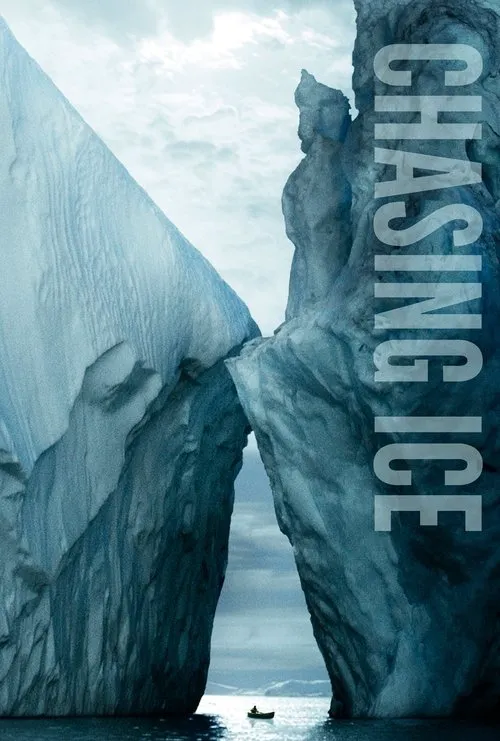Chasing Ice

Plot
In 2007, James Balog, a renowned National Geographic photographer, found himself grappling with the daunting task of capturing the essence of climate change. As a master of his craft, Balog had an innate desire to convey the severity of this pressing issue through his photographs. He began to ponder the concept of taking a picture of climate change, but a question lingered in his mind: what visual representation could possibly convey the magnitude of this phenomenon? Balog's attention was drawn to ice. As one of the most striking manifestations of climate change, glaciers were a perfect subject for his lens. The idea was not merely to capture the beauty of ice, but to chronicle its decline. National Geographic approached Balog with a proposal: they wanted him to do a cover story on glaciers. Little did Balog know that this assignment would be the catalyst for an ambitious project that would test the limits of his artistic vision and technical expertise. As Balog embarked on this endeavor, he began to assemble a team of experienced photographers and scientists. This group, known as the Extreme Ice Survey (EIS), would become an integral part of Balog's creative and intellectual journey. Together, they devised a plan to install time-lapse cameras across the ice sheets in the world's most remote regions. Their mission was to capture the relentless march of climate change, as ice vanished before their very eyes. Balog's intention was not merely to record the decline, but to create a visual narrative that could be easily grasped by a broad audience. He had a vision: to create a series of photographs that would showcase the effects of climate change through the lens of disappearing ice. The EIS team installed cameras in the most inaccessible regions, braving harsh weather conditions, treacherous terrain, and logistical challenges. Balog spent years traveling between Antarctica and Greenland, documenting the rapid ice loss. The photographs captured by the cameras revealed a staggering spectacle: glaciers were disintegrating at an alarming rate. It was an existential crisis played out on a massive scale. The results of Balog's project were nothing short of breathtaking. The photographs revealed a fragile and beautiful world on the brink of collapse. They captured the raw energy of ice in motion: creaks, groans, and eventual calving of massive icebergs. As Balog poured over the images, he realized the profound importance of this work. The photographs were not only stunning, but they also served as a powerful symbol of our planet's vulnerability. Balog's vision had taken on a life of its own. He and his team created an extraordinary visual narrative: 'Time-Lapse Cameraman.' This series of photographs documented the passage of time across decades, revealing an ice sheet's inexorable march towards oblivion. Each frame became a testament to the fragility of our planet and the alarming pace of ice loss. In 'Chasing Ice,' Balog's quest becomes a metaphor for humanity's relationship with the natural world. As we gaze upon the disappearing ice, a poignant question resonates: have we learned our place within the grand tapestry of Earth's systems? As Balog confronts the raw power of ice, he also grapples with the existential implications of climate change. His work serves as a poignant reminder of our responsibility to protect the planet. Ultimately, 'Chasing Ice' is not merely a visual account of climate change; it is a poignant reflection of humanity's place within the natural world. James Balog's photographs stand as a testament to the indomitable power of the Earth's climate system. As they reveal the ravages of climate change, they also evoke a deep sense of awe, respect, and vulnerability. Balog's work demands that we gaze upon the beauty and fragility of the world, and asks us to consider our role within this intricate dance of life.
Reviews
Recommendations



